Trip of the week: exploring the quieter side of South Korea
You can see a lot in two weeks, from the ‘pristine’ beaches of the north to the ‘lush’ hills of the south
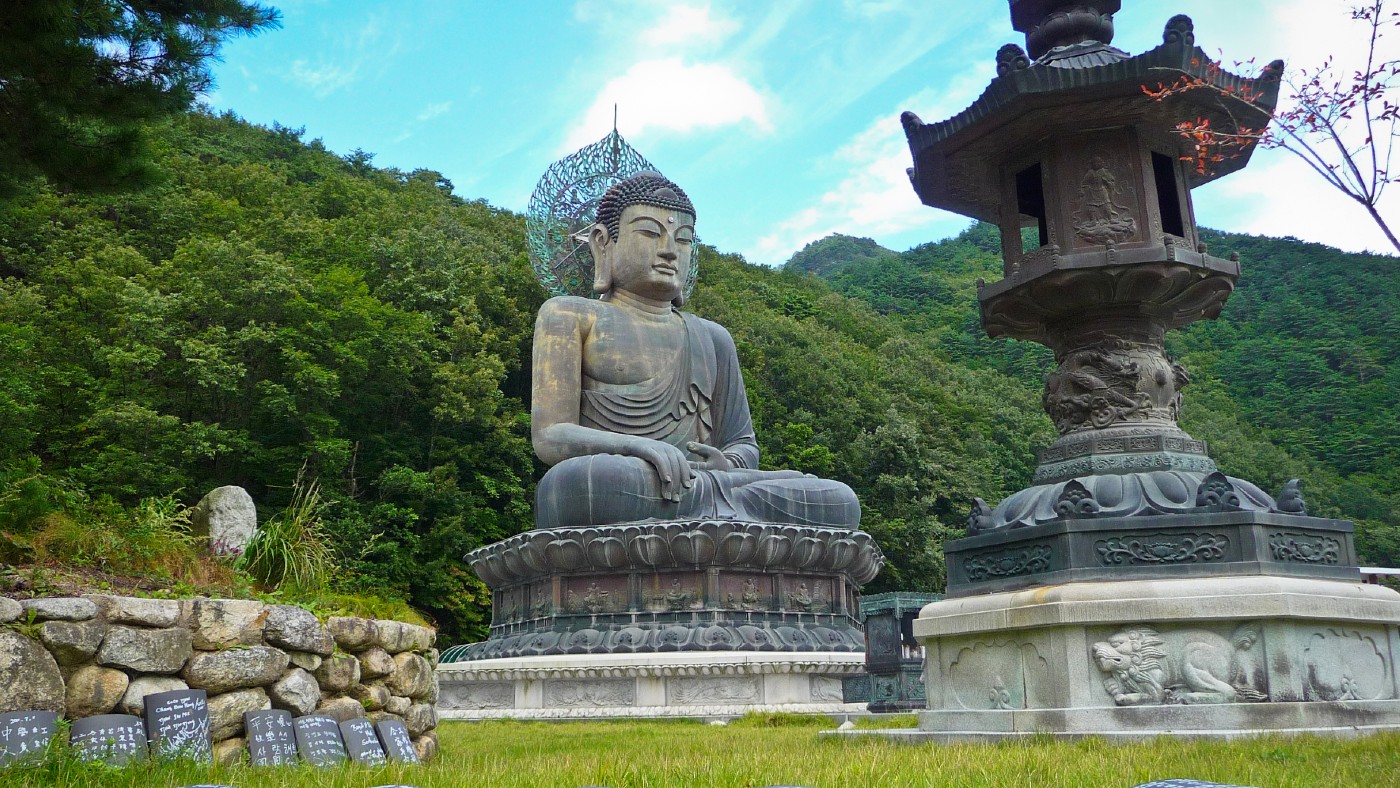
From Gangnam Style to Parasite, South Korea’s popular culture has spread across the world in the past decade or so. But there’s another side to this East Asian nation, says Adam H. Graham in The New York Times – a tranquil realm of thatched-roof hamlets, Buddhist temples and forested mountains.
The country is slightly smaller than England, so you can see a lot of it on a two-week visit, from the “pristine” beaches and granite peaks of the north to the “lush” hills of the south. Hiring a guide for parts of the trip would help overcome linguistic difficulties, and might make the visit more culturally enriching too.
In the mountainous Seoraksan National Park, two hours from Seoul, you may have to fend off crowds of elderly Korean women in “oversize visors” to catch the cable car up to the ruins of the 13th century Gwongeum Fortress – but it’s worth it for the views.
The Week
Escape your echo chamber. Get the facts behind the news, plus analysis from multiple perspectives.

Sign up for The Week's Free Newsletters
From our morning news briefing to a weekly Good News Newsletter, get the best of The Week delivered directly to your inbox.
From our morning news briefing to a weekly Good News Newsletter, get the best of The Week delivered directly to your inbox.
Much more peaceful is a stay at Samhwasa, a 1,000-year-old Buddhist monastery hidden deep in a ravine in the Mureung Valley. The monks will accompany you on walks in the “mossy” woods, and take you through their “austere” routine. Meals are “humble”, rooms are “cell-like”, with very thin mattresses, and guests take part in 6am prayers in the “dim, cavernous” temple, with its splendid ceiling depicting dragons, tigers and bodhisattvas in yellow, cinnabar, green and blue.
Nestled in a “sandy oxbow” of the Nakdong River is the historic village of Andong Hahoe, where you can stay at Bukchondaek House, a 19th century mansion with a meticulously restored landscaped courtyard and traditional floor-heating system. Breakfast there is wonderful.
The south is renowned for its cuisine, and Bukchondaek House is a good prelude to a culinary tour of the southern provinces of North and South Jeolla: be sure to stay at Baekyangsa Temple, home to Jeong Kwan, a Buddhist nun who is also a renowned chef.
For tours, try Wow Corea (wowcoreatour.com) and Inside Asia (insideasiatours.com).
A free daily email with the biggest news stories of the day – and the best features from TheWeek.com
-
 5 sleeper hit cartoons about Sleepy Don
5 sleeper hit cartoons about Sleepy DonCartoon Artists take on cabinet meetings, a sleepy agenda, and more
-
 Political cartoons for December 6
Political cartoons for December 6Cartoons Saturday’s political cartoons include a pardon for Hernandez, word of the year, and more
-
 Pakistan: Trump’s ‘favourite field marshal’ takes charge
Pakistan: Trump’s ‘favourite field marshal’ takes chargeIn the Spotlight Asim Munir’s control over all three branches of Pakistan’s military gives him ‘sweeping powers’ – and almost unlimited freedom to use them
-
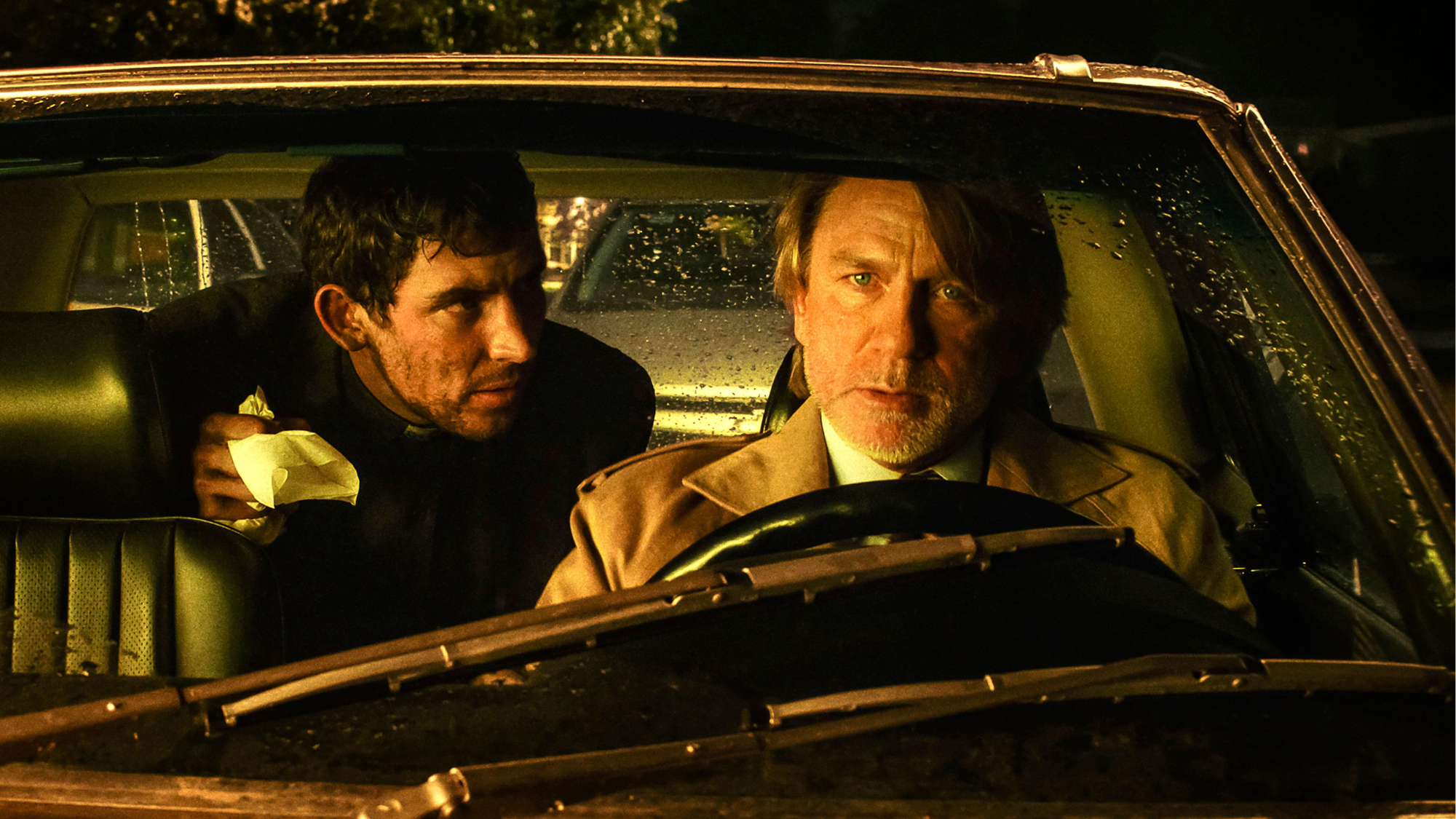 Wake Up Dead Man: ‘arch and witty’ Knives Out sequel
Wake Up Dead Man: ‘arch and witty’ Knives Out sequelThe Week Recommends Daniel Craig returns for the ‘excellent’ third instalment of the murder mystery film series
-
 Zootropolis 2: a ‘perky and amusing’ movie
Zootropolis 2: a ‘perky and amusing’ movieThe Week Recommends The talking animals return in a family-friendly sequel
-
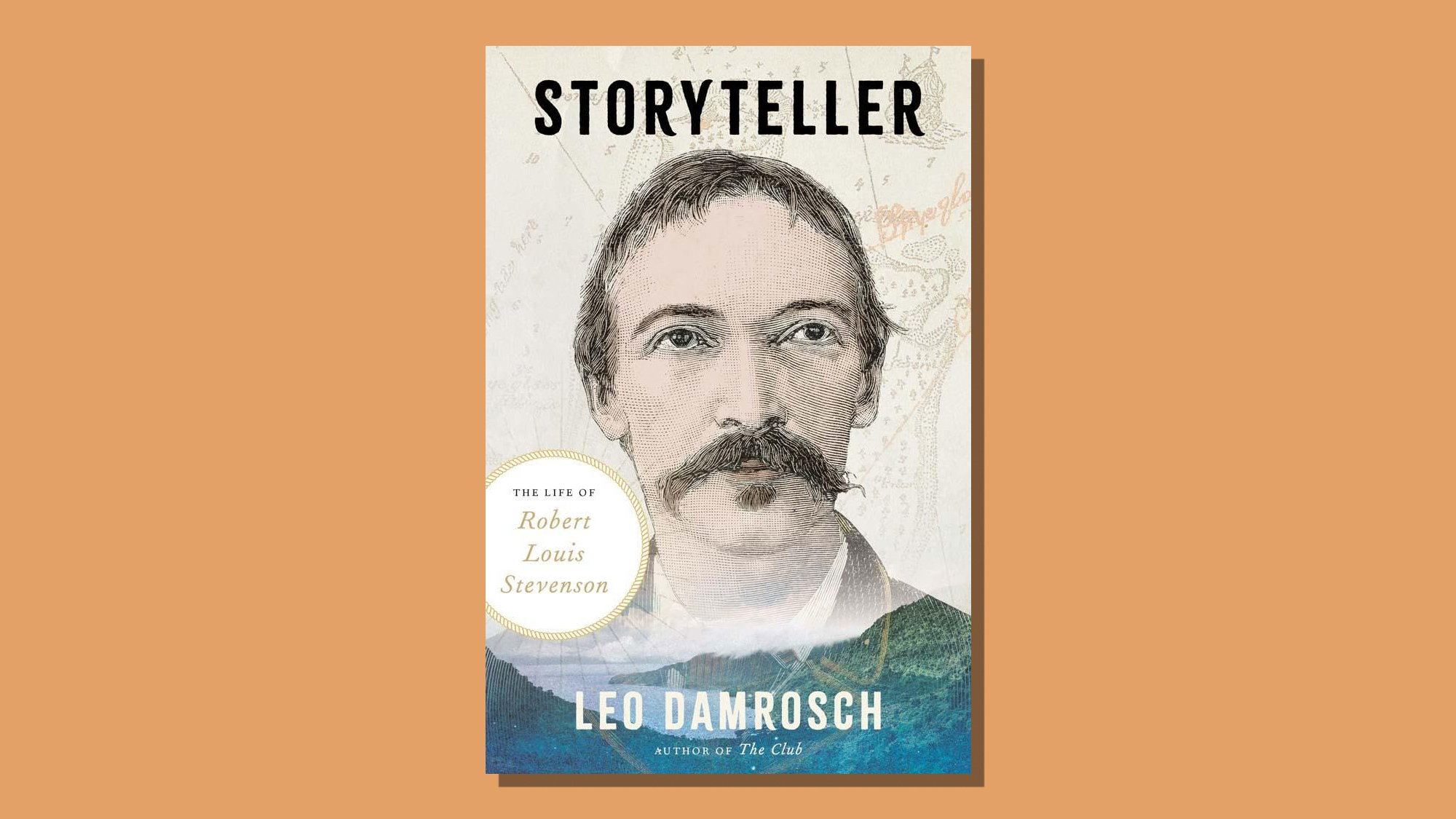 Storyteller: a ‘fitting tribute’ to Robert Louis Stevenson
Storyteller: a ‘fitting tribute’ to Robert Louis StevensonThe Week Recommends Leo Damrosch’s ‘valuable’ biography of the man behind Treasure Island
-
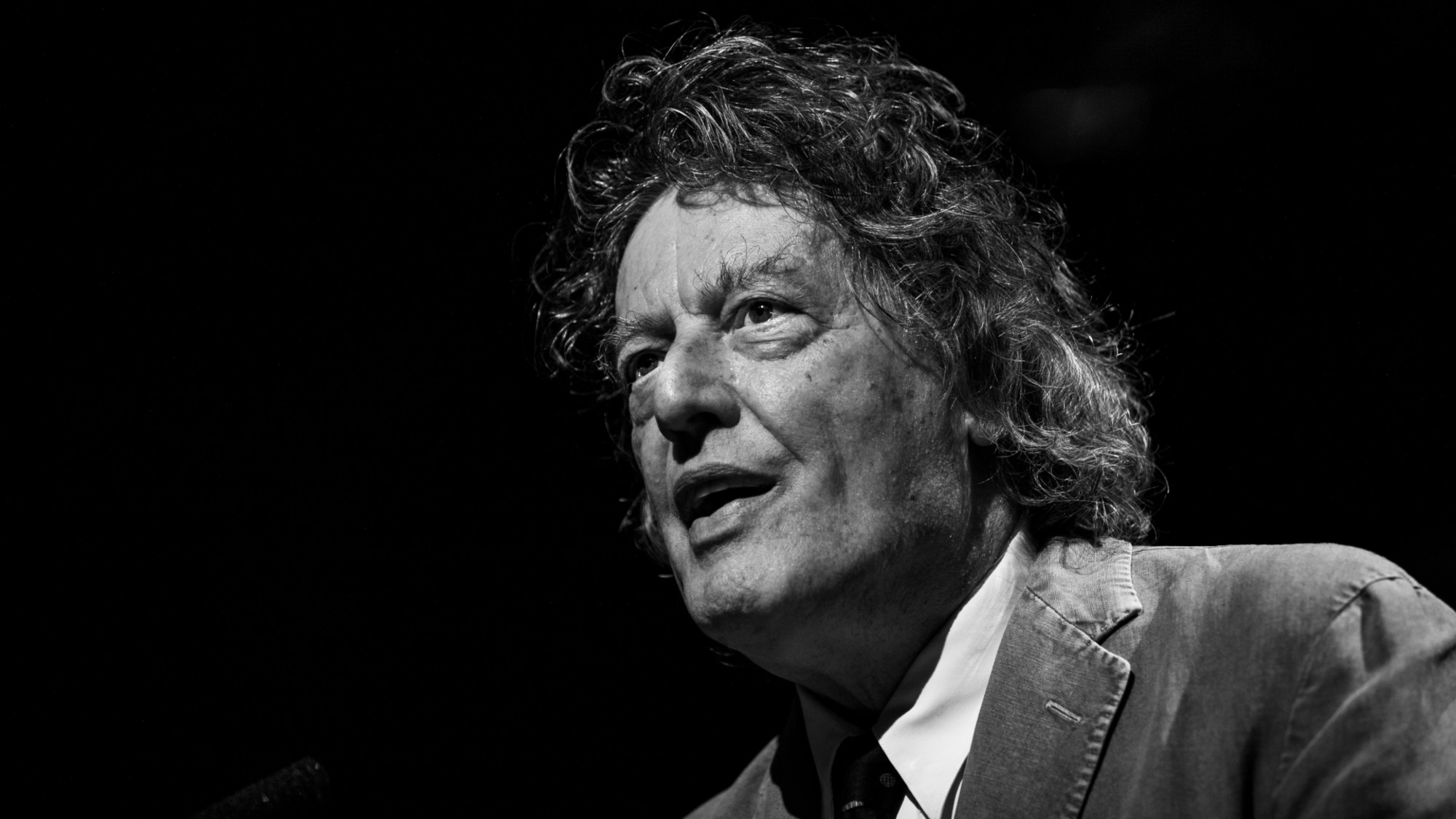 The rapid-fire brilliance of Tom Stoppard
The rapid-fire brilliance of Tom StoppardIn the Spotlight The 88-year-old was a playwright of dazzling wit and complex ideas
-
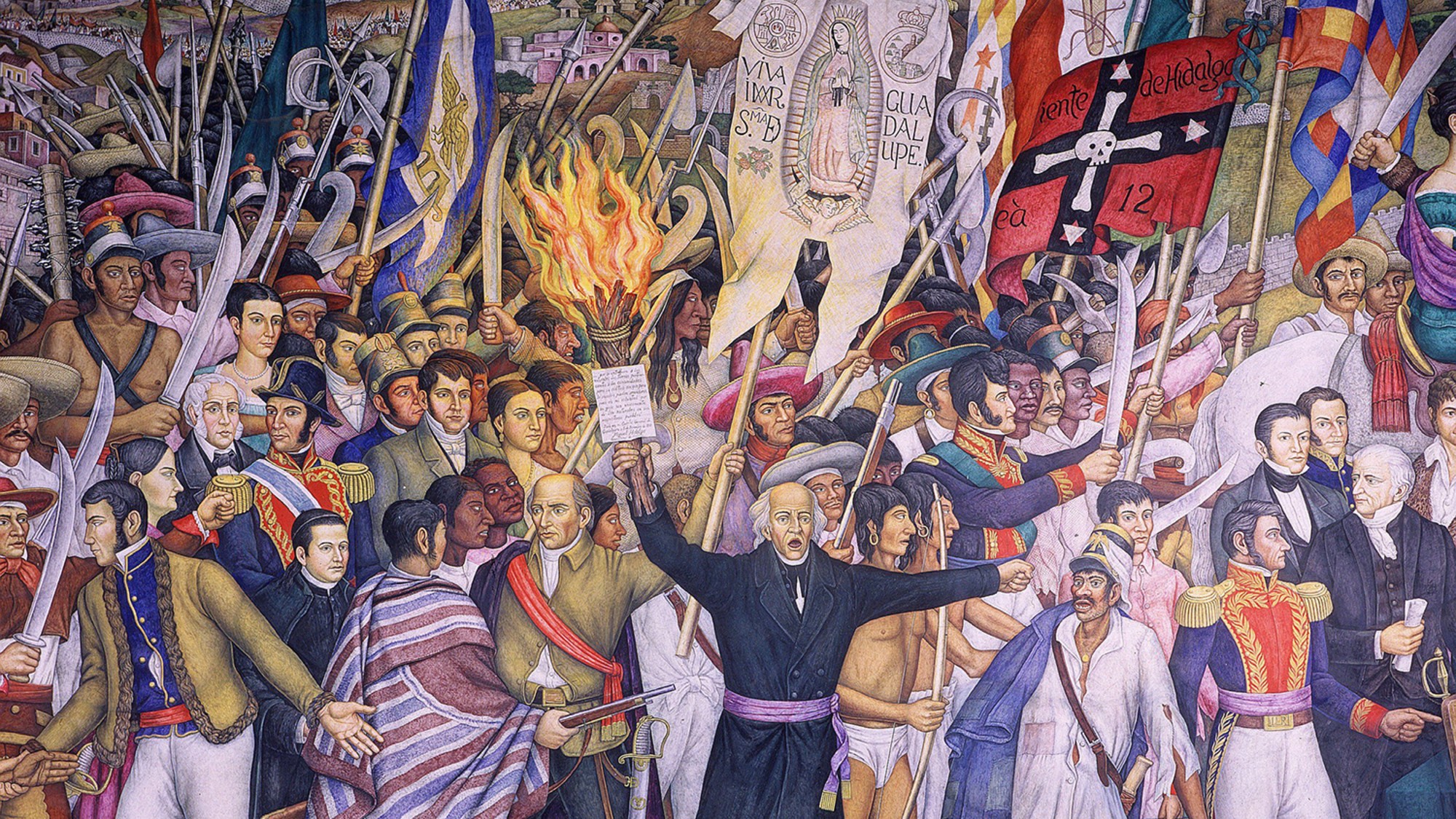 ‘Mexico: A 500-Year History’ by Paul Gillingham and ‘When Caesar Was King: How Sid Caesar Reinvented American Comedy’ by David Margolick
‘Mexico: A 500-Year History’ by Paul Gillingham and ‘When Caesar Was King: How Sid Caesar Reinvented American Comedy’ by David Margolickfeature A chronicle of Mexico’s shifts in power and how Sid Caesar shaped the early days of television
-
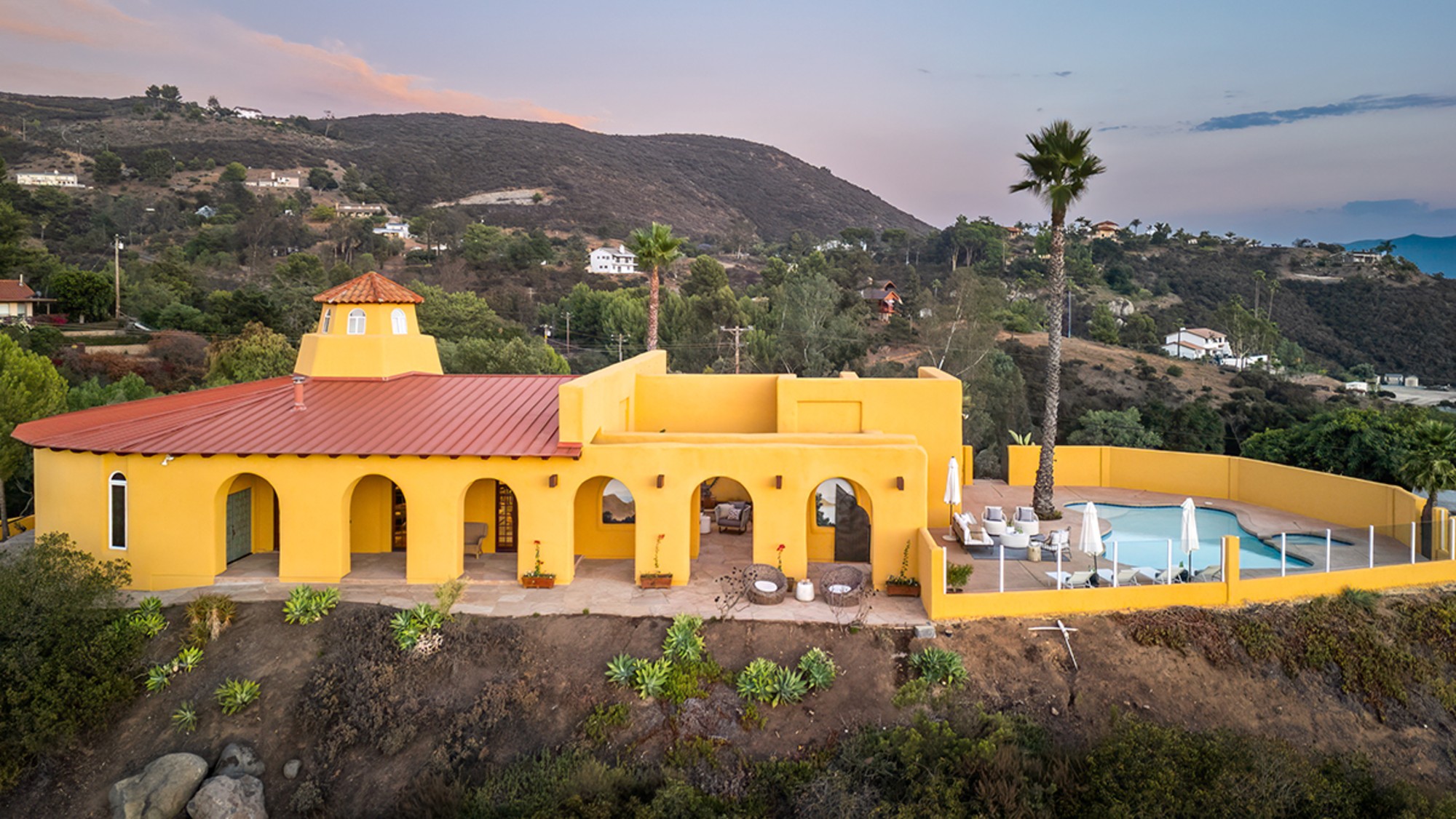 Homes by renowned architects
Homes by renowned architectsFeature Featuring a Leonard Willeke Tudor Revival in Detroit and modern John Storyk design in Woodstock
-
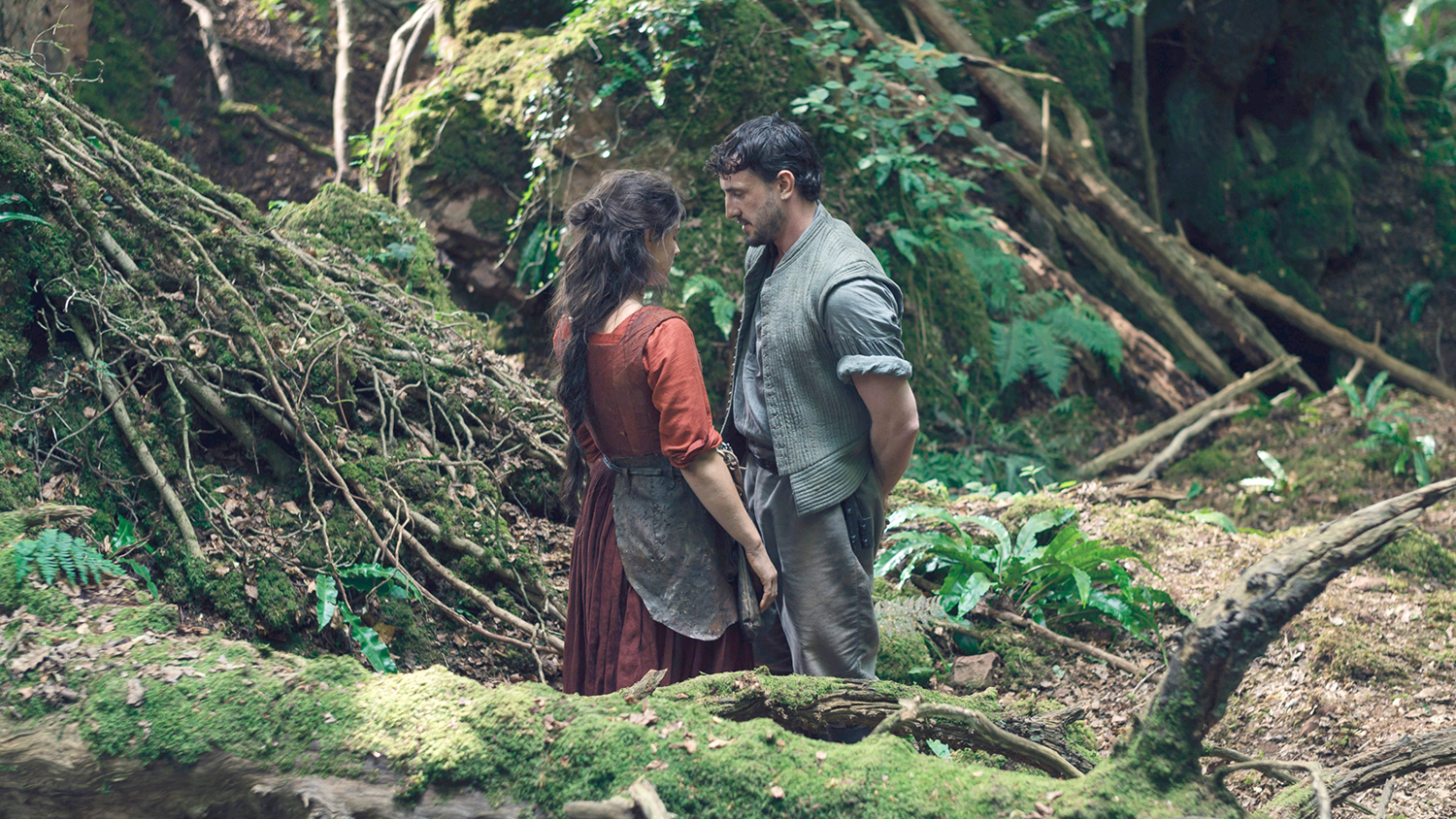 Film reviews: ‘Hamnet,’ ‘Wake Up Dead Man’ and ‘Eternity’
Film reviews: ‘Hamnet,’ ‘Wake Up Dead Man’ and ‘Eternity’Feature Grief inspires Shakespeare’s greatest play, a flamboyant sleuth heads to church and a long-married couple faces a postmortem quandary
-
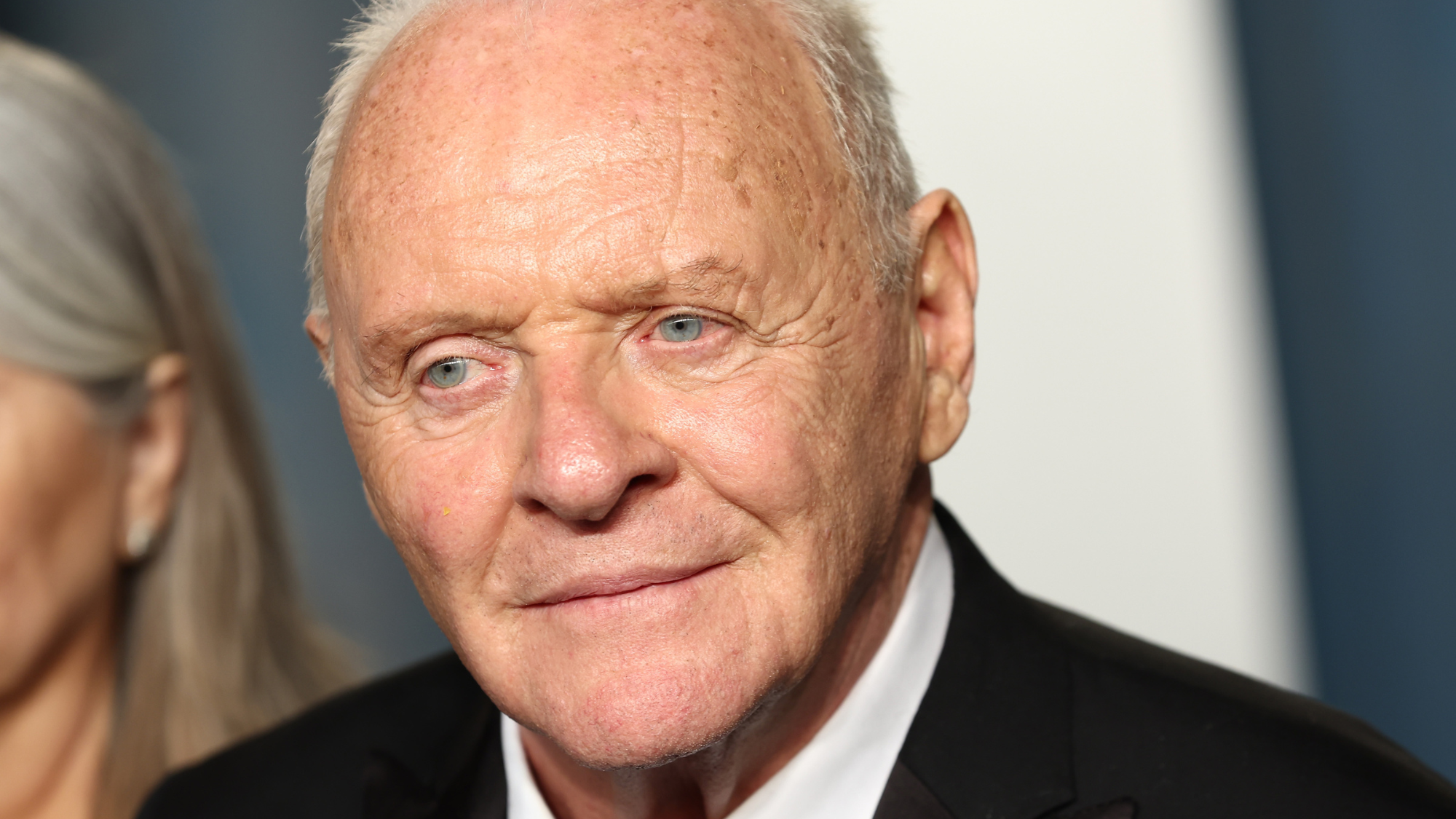 We Did OK, Kid: Anthony Hopkins’ candid memoir is a ‘page-turner’
We Did OK, Kid: Anthony Hopkins’ candid memoir is a ‘page-turner’The Week Recommends The 87-year-old recounts his journey from ‘hopeless’ student to Oscar-winning actor